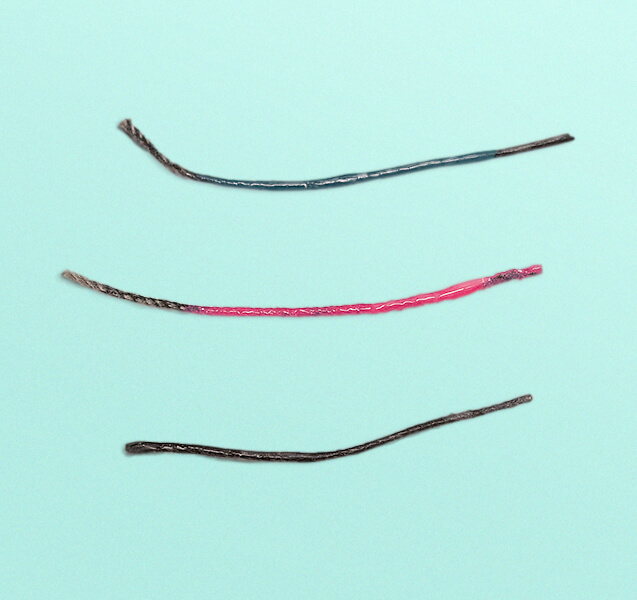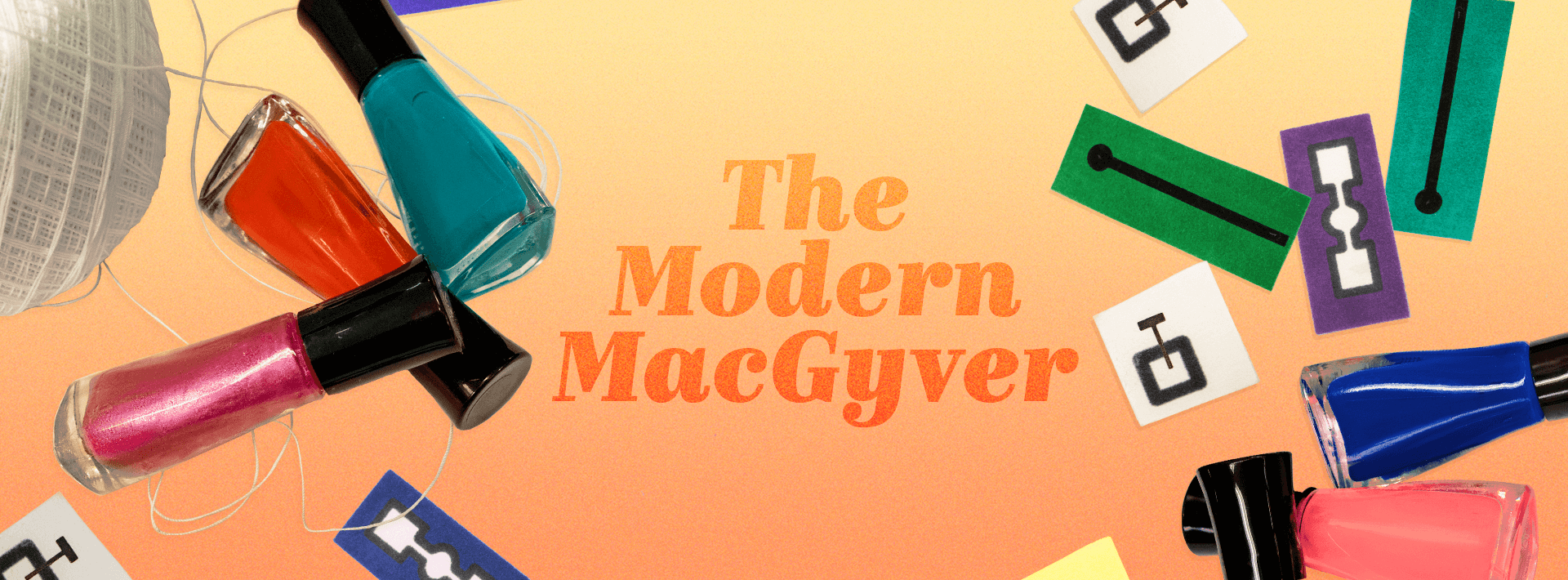The Modern MacGyver: Building Medical Devices From Paper, Yarn, and Nail Polish
A simple blood test in the U.S. can cost anywhere between $10 and $1,000, according to the Health Care Cost Institute. For those without insurance, labs vital to diagnosing and managing common health conditions like diabetes and high cholesterol can be a debilitating financial burden. While the actual test process is often quite straightforward, machinery costs, laboratory staffing and lack of competition in the sector can cause prices to surge.
Maral Mousavi wants to fix this.
The USC Viterbi assistant professor in the Department of Biomedical Engineering is using such unlikely materials as yarn, paper and even nail polish to develop low-cost diagnostic tests that people can do easily at home. Her ambition: to disrupt diagnostics and create better healthcare outcomes for patients for a fraction of the price.
“When you take the specimen and send it off to a lab, the time taken and cost of that process could be problematic when someone has a chronic disease and needs to visit the hospital once a day, or every few days,” Mousavi said.
“We have to bring the cost of diagnostics down,” she said “We need to avoid even having a lab.”
Fresh from her postdoctoral research at Harvard University, Mousavi is in the early stages of establishing her research unit, “the MAD Lab,” or the Laboratory for Design of Medical and Analytical Devices, to further her work in low-cost diagnostic devices.
Her results demonstrate that even inexpensive, easily available household materials can be used to build devices that could do the work of an entire medical laboratory.
Looks Good on Paper
Paper. We have it to thank for 2,000 years of human written culture.
But paper also works as a natural microfluidic channel — fluids can be added to it, and the paper’s material structure encourages the liquid to flow throughout the sheet.
Mousavi said this makes it perfect for diagnostic testing, in which a reagent — a mixing substance used for chemical analysis — can be added to the paper to test for a chemical reaction and then combined with patient-derived material, such as sweat. The sweat rehydrates the reagent and creates a chemical reaction. The simple device could be used to monitor kidney function by testing for sodium, potassium chloride or other electrolytes.
To control the flow of the liquid on the paper diagnostic device, Mousavi uses a printer with wax-based ink to create the outline of a channel. She then heats the wax with a hair dryer, or on low heat in an oven, so that it melts through the whole sheet, sealing the channel. “It becomes a reservoir for storing and mixing,” Mousavi said.
“You can also print electrodes or other types of sensing elements onto the paper,” she added. “You can potentially create your entire lab on layers of printed paper.”
A Stitch Saves Time
For most of us, a roll of yarn is something stashed away with that forgotten crafts project. But to Mousavi it’s one of the easiest microfluidic channels to make, since it just needs to be cut to preference rather than molded into a channel.
Mousavi is using thread to build electrical sensors that could biomedically test for ions (molecules that have a net electrical charge). She uses commonly available cotton yarn and then patterns it with conductive nanoparticles made from carbon, which are also low cost.
“The reason I wanted to make a portable sensor for the detection of ions is that ionic components are important in healthcare, agriculture and food testing,” Mousavi said.
She said the sensor device could be used to test for levels of the enzyme cholinesterase in blood, which can indicate a patient’s exposure to pesticides, certain chemicals or poison.
“The whole process of creating the sensor takes around 10 minutes,” Mousavi said. “We trained undergraduate students in around half an hour to replicate the process, and the function we got was similar to that of $400 commercially available electrodes.”

Nailed It!
Nail polish. Some may think it’s just a weapon in the manicurist’s arsenal, but it’s also the secret ingredient of Mousavi’s ionic sensor.
Mousavi’s team uses the nail lacquer to paint the thread once it has been made conductive with carbon nanoparticles, and connect it to a membrane at the tip of the device, completely sealing the thread.
For large-scale production of the sensor, Mousavi intends to use heat-shrinkable plastic tubing — more commonly used to seal cords and wires — which is also inexpensive and readily accessible. But for now, she said, nail polish was a simple solution for the prototype.
The sensor is also adaptable to food and agriculture testing and can be used to monitor ions in soil.
Mousavi said the reason for using readily available materials was so that the sensor could be easily and cheaply replicated, particularly in developing countries, where medical or food and agricultural testing equipment needs to be inexpensive and portable.
“There are so many broad applications for this, and yet there’s no good way to detect ions at the point of care or point of use. It is a big gap in the research,” Mousavi said.
“I wanted something that was simple,” she said. “You can put it in your pocket; you could go anywhere and have your sensor.”




